
Origin/Endemic status: Native
Taxonomy Comments: A. trichomanes is a diploid, involved as one parent in the origin of A. quadrivalens.
Synonymy: = FoC2-3; = Asplenium trichomanes L. ssp. trichomanes – Ar, FNA2, Il, K1, K3, K4, Mo1, NE, NY, Pa, TxFerns, Va, W; < Asplenium trichomanes L. – C, F, G, GrPl, Ok, RAB, S13, Sf, Tat, Tn, Tx, WH3, WV
Wetland Indicator Status:
- Atlantic and Gulf Coastal Plain: FAC
- Eastern Mountains and Piedmont: FAC (taxonomic split from wetland indicator species)
- Great Plains: FAC (taxonomic split from wetland indicator species)
- Midwest: UPL (taxonomic split from wetland indicator species)
- Northcentral & Northeast: UPL (taxonomic split from wetland indicator species)
Heliophily: 1
Hover over a shape, letter, icon, or arrow on the map for definition or see the legend.
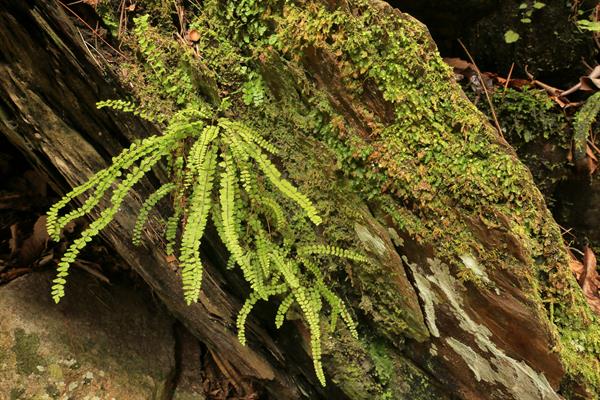 © Alan M. Cressler | Original Image ⭷
© Alan M. Cressler | Original Image ⭷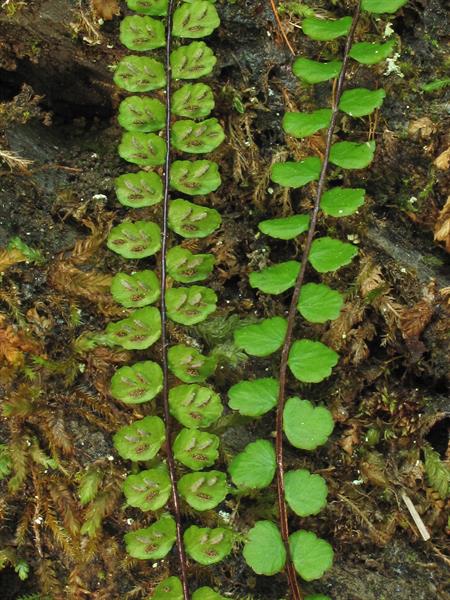 © Alan Cressler: Asplenium trichomanes, Cohutta Wilderness, Chattahoochee National Forest, Fannin County, Georgia 2 by Alan Cressler source | Original Image ⭷
© Alan Cressler: Asplenium trichomanes, Cohutta Wilderness, Chattahoochee National Forest, Fannin County, Georgia 2 by Alan Cressler source | Original Image ⭷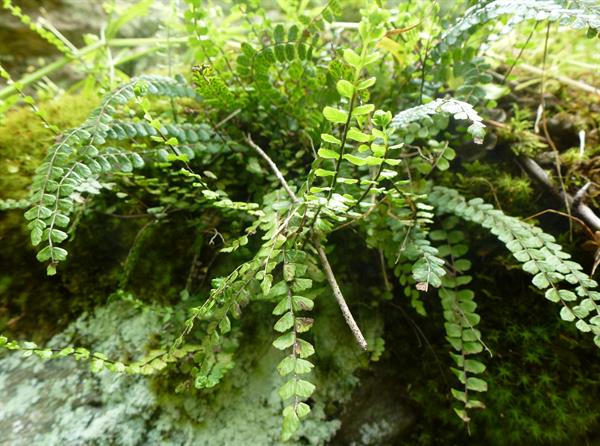 © Edwin Bridges | Original Image ⭷
© Edwin Bridges | Original Image ⭷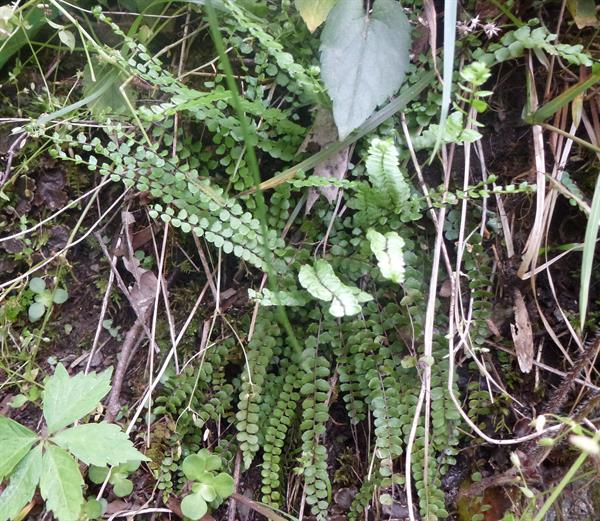 © Edwin Bridges | Original Image ⭷
© Edwin Bridges | Original Image ⭷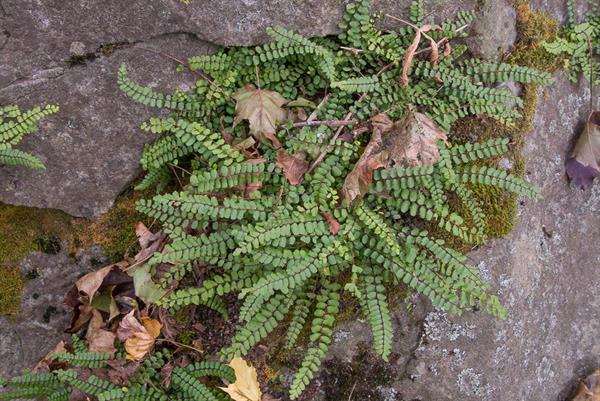 © Erik Danielson source | Original Image ⭷
© Erik Danielson source | Original Image ⭷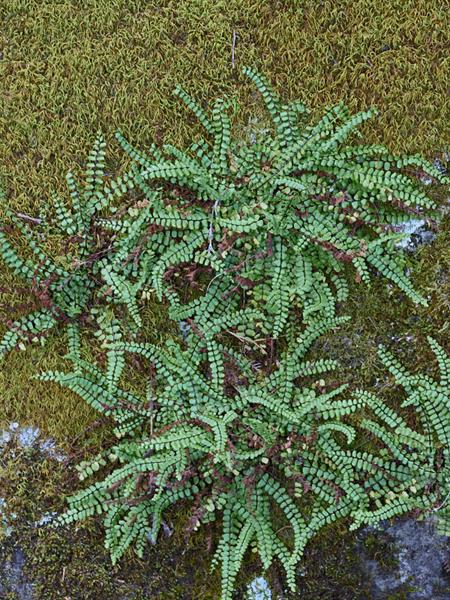 © Gary P. Fleming | Original Image ⭷
© Gary P. Fleming | Original Image ⭷Feedback
See something wrong or missing on about Asplenium trichomanes? Let us know here: (Please include your name and email if at all complicated so we can clarify if needed.)
Cite as...